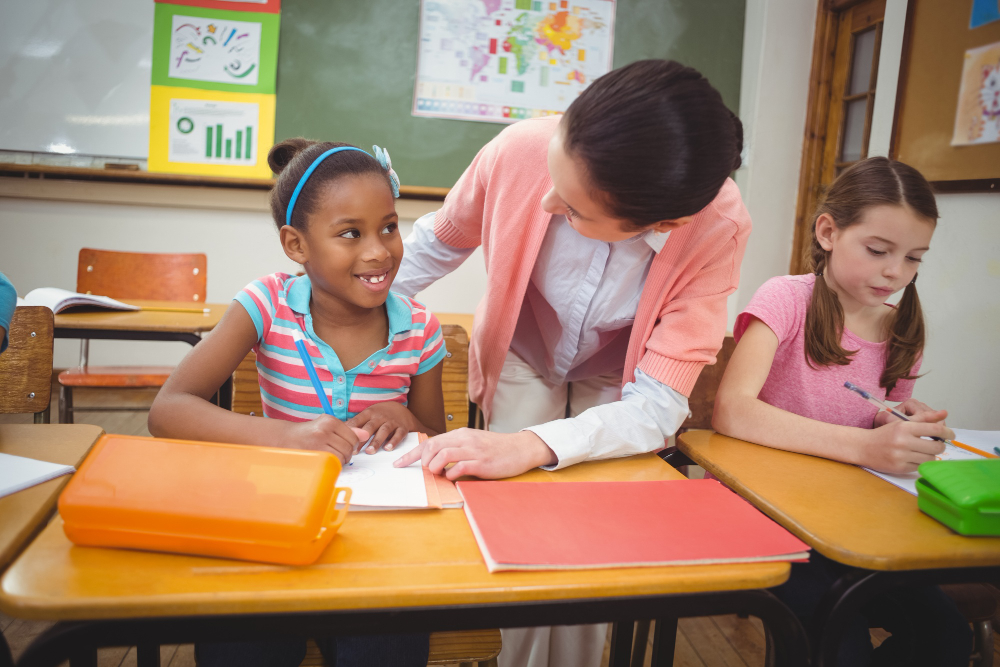
Effective teaching is a dynamic and evolving process. For educators in an International School Philippines, continuous improvement is key. This article will explore the profound impact of reflective teaching on instructional quality. We will first define what reflective teaching truly involves. Then, we will examine why it is especially vital in an international school setting. Finally, we will outline practical strategies for how educators can implement this powerful practice.
What is Reflective Teaching?
Reflective teaching is a process where educators critically examine their teaching practices. It means thinking deeply about what happens in the classroom. Teachers question what worked well and what did not. They also consider why certain methods were effective or ineffective. This practice is more than just reviewing lessons. It means deeply thinking about one’s actions, decisions, and beliefs.
The core idea is to learn from experience. Teachers might think about student responses or classroom dynamics. They consider their feelings and reactions. This self-assessment helps them know their strengths and weaknesses. It also shows any hidden beliefs they have about learning. This careful thinking is a cycle and leads to better understanding and informed actions. It is also a promise to always find new insights about their job.
Why is Reflective Teaching Important in an International School Setting?
Reflective teaching holds special importance for the International School Philippines. These schools serve a unique population. Students come from many different cultures and language backgrounds. This diversity brings both good opportunities and difficulties for teachers. Reflective teaching helps educators meet these specific needs effectively.
First, it enhances cultural responsiveness. Teachers think about how students from different backgrounds respond to lessons. They can adjust teaching styles to be more inclusive. This ensures all students feel valued and understood. Second, it promotes adaptability. International school environments can be fast-paced. Lessons might change, or new student needs may appear. Reflective teaching allows teachers to quickly adapt their strategies so that they can respond to immediate challenges.
Third, it improves student outcomes. By consistently analyzing their practice, teachers can pinpoint areas for improvement. This leads to more effective lessons and better student engagement. When teachers know how students are learning, they can teach more exactly. This supports academic growth across diverse learning styles. Finally, reflective teaching fosters professional growth. It encourages teachers to be lifelong learners. This ongoing learning keeps them updated. It also ensures they always offer excellent education.
How to Implement Reflective Teaching in an International School Philippines?
Using Reflective Journals
One common and effective method is keeping a reflective journal. Teachers can regularly write down their observations, thoughts, and feelings after lessons. They might note student engagement levels or unexpected questions. They can also record what went well and what could be improved. This personal record helps them see their growth. It lets them honestly judge themselves in private.
Seeking Peer Feedback
Another powerful strategy is peer observation and collaboration. Teachers can invite colleagues to observe their classes. The observer gives helpful feedback about agreed-upon topics. Joining teacher learning groups also helps with reflection. Teachers meet to discuss challenges and share successful strategies. The team setting creates mutual support and shared learning.
Analyzing Lesson Recordings
Recording lessons is another valuable tool. Videoing a lesson provides an objective view of classroom interactions. Teachers can watch themselves teach. They can analyze their body language, questioning techniques, and student responses. Seeing this helps teachers understand more deeply than just remembering. It helps teachers find patterns in how they teach. Then they can make smart changes.
Gathering Student Input
Gathering student feedback is also crucial for reflective teaching. Teachers can use surveys, exit tickets, or direct conversations. Students can share what helped them learn and what was confusing. This feedback shows directly what students experience. It helps teachers know if their teaching is truly connecting. Using student feedback shows care and makes learning better.
Fostering a Culture of Reflection
School leadership plays a vital role in fostering a reflective culture. Leaders can give special time for reflection. This shows that reflection is valued, and it can also provide professional development. These sessions can teach various methods and tools for reflection. Creating a safe and supportive environment is also essential. Teachers need to feel safe sharing their problems honestly. They must know reflection is for growing, not for judging. This makes sure reflective teaching becomes a core part of the school.
Key Takeaways
Reflective teaching is a cornerstone for improving instruction within the International School Philippines. It empowers educators to continually analyze, adapt, and enhance their teaching methods. By embracing this practice, schools cultivate a culture of continuous learning and excellence. This ultimately benefits students, preparing them to thrive in a complex and interconnected world.
1 Comment
Nice respond in return of this query with real arguments
and explaining the whole thing concerning that.